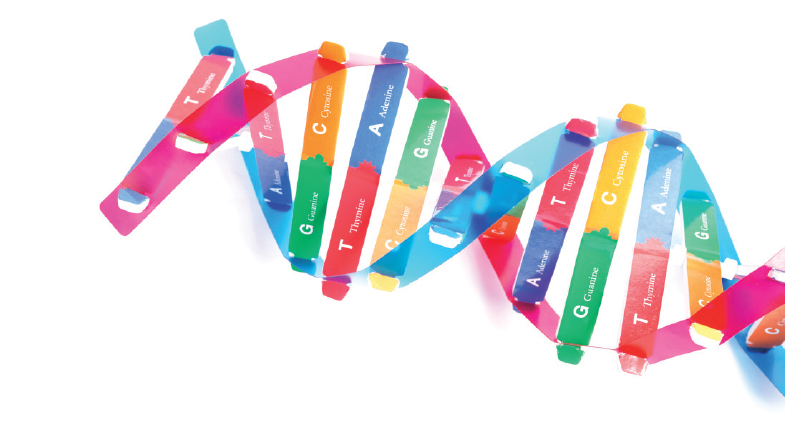@: a symbol sets off an e-mail revolution
-
- from Shaastra :: vol 01 edition 01 :: May - Jun 2021
IN THE realm of technology, the smallest incremental progress can occasionally cause the tectonic plates of history to shift dramatically, leading entire landscapes to change. Just such an infinitesimally small step – which has since translated into a giant leap for mankind – was taken 50 years ago, in early 1971, when the first “network e-mail” was sent out.
That came about when Ray Tomlinson, a tech nerd from the Massachusetts Institute of Technology (MIT), who was working for a Massachusetts-based technology firm, used the @ symbol to send a mail between two machines. He was effectively sending a mail to himself: the two machines were barely ten feet apart and were “connected” only by the Advanced Research Projects Agency Network (ARPANET), a US government- led project that proved the precursor to today’s Internet of computers. The @ symbol, which we invoke unthinkingly while sending e-mails today, served to separate the user name from the host name. It has since become the distinguishing characteristic of all e-mail IDs that abide by the user@host protocol.
There had been earlier instances of mails being sent to numeric mailboxes within a single machine, but there were no computer networks as we know them today until ARPANET came along in 1969 as part of a defence project.
The social and economic significance of that first “network e-mail” can be seen in the exponential growth in its popularity. In 2020, an estimated 306.4 billion e-mails were sent and received each day, according to consumer data firm Statista; that number is expected to rise to 319.6 billion a day in 2021, and further to 361.6 billion a day by 2024. As the Internet Society, which inducted Tomlinson into the Internet Hall of Fame in 2012, noted, his e-mail program “brought about a complete revolution, fundamentally changing the way people communicate, including the way businesses, from huge corporations to tiny momand- pop shops, operate, and the way millions of people shop, bank, and keep in touch with friends and family, whether they are across town or across oceans.”
Ray Tomlinson sent the first “network e-mail” to himself – from one Model 33 teletype machine to another, in the same room, connected through the ARPANET network. The US government agency that ran the project seized upon the possibilities it opened up.
The contents of that first e-mail were “eminently forgettable,” recalled Tomlinson, who was credited with “inventing e-mail”. It was likely a bit of gibberish, but once he was satisfied that the program seemed to work, he sent out messages to the rest of his work-group explaining how to send messages over the network.
The choice of the @ symbol as the connecting link was not motivated by any compelling reason. In media interviews at the time, Tomlinson noted that the @ sign (to be read as ‘at’) had been used in accountancy protocols to specify a unit price (for instance, 10 items @ $1.95 each). “I used the sign to indicate that the user was ‘at’ some other host rather than being local,” he had observed.
In 2010, the Museum of Modern Art acquired the @ symbol into its collection, noting that Tomlinson had “rediscovered” an “underused jargon symbol” and “appropriated it, imbuing it with new meaning and elevating it to a defining symbol of the computer age.” That transformation has manifested itself in popular culture down the ages. The pop group Carpenters crooned Please Mr Postman in 1975 and ghazal singer Pankaj Udhas induced diasporic nostalgia in 1986 with Chitthi Aayi Hai; by the 1990s, the message from Hollywood was that You’ve Got Mail. That epistolatory revolution is still raging, 50 years on.
1971
DOWN THE AGES
Linguists reckon that the history of the @ symbol can be traced back to the 6th or 7th century CE: it was used in Latin to fuse the preposition ad (meaning ‘at’ or ‘to’) into a unique pen stroke. In the 16th century, it was used by Venetian traders to refer to amphora, a terracotta vessel, used as a unit of measure.
SETTING THE STANDARD
The Internet Society noted that in addition to contributing to establishing network e-mail, Ray Tomlinson played a leading role in developing the early e-mail standards. He was a co-author of RFC-561, the first standard for Internet email message formats, which defined many of the e-mail fields (From, Subject and Date) in use.
Have a
story idea?
Tell us.
Do you have a recent research paper or an idea for a science/technology-themed article that you'd like to tell us about?
GET IN TOUCH


















